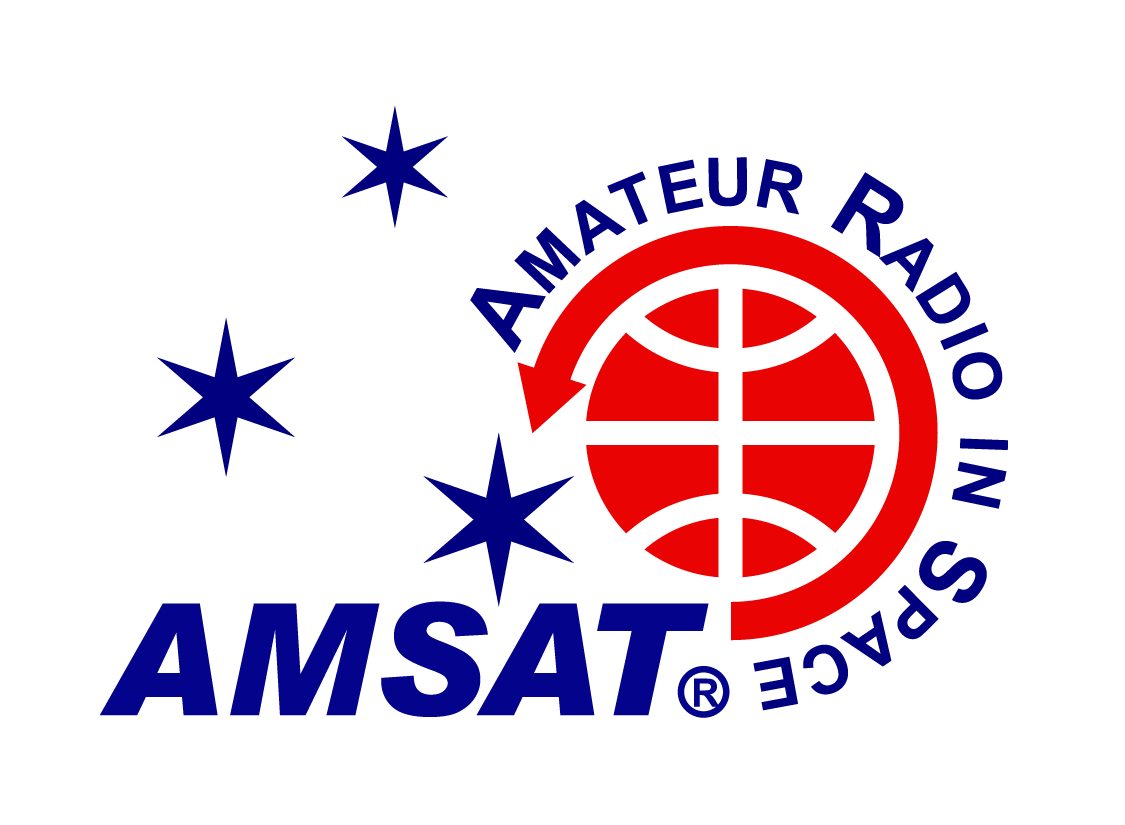Downlink: 436.797 MHz FM, +/- for Doppler
AO-27 is a secondary payload on a commercial satellite known as EYESAT-1 built by Interferometrics, Inc. at their facilities in McLean, Virginia. Three hams worked for Interferometrics: Steve Greene KS1G, Mark Kanawati N4TPY, and Michael Wyrick, N3UC (former N4USI). Mark is a member of AMRAD (a local amateur radio club) and had several volunteers from AMRAD come in and work on all aspects of the satellite, not just the amateur payload.
EYESAT-1 is a 10-inch cube similar in appearance to the MicroSat satellites (AO-16, DO-17, WO-18, and LO-19). It was launched with KO-25 and IO-26. The 436 MHz amateur transmit antenna is off to one side of the -Z face. The long blade on the +Z (‘top’) of the satellite is the 145-150 MHz receiving antenna.
The satellite has a negative power budget when the amateur transmitter is on. As a result, it is dependent on its batteries to cover the deficit.
The 2012 failure of AO-27 was caused by a communications problem between the CPU and a sub-module. This caused the kernel to lockup while trying to communicate with the module but in a way that did not allow the watch dog circuit to reset the system. The Control Operators tried during 2013-2015 to work around the problem but did not find a solution. In 2020, N3UC wrote a new operating system and mission task from scratch. Where the old high-level code was 36 kB to upload, 16 kB of which was the kernel, the current OS-27 and mission task together is a total of 4 kB. This lets the Control Operators upload the software in one pass and still turn on the repeater for use. The entire OS and mission task are written in Intel 80186 assembly language, thus the small size. The older high-level code was written in C and required the C runtime to be uploaded.
When a schedule is running, operations have been over the mid-latitudes of the northern hemisphere and cover North America, Europe, and Asia while the satellite is in sunlight. The preliminary schedule, which will change based on the battery condition, has the FM voice transponder on for eight minutes of each orbit, four minutes each on the ascending and descending passes. The telemetry is sent as 1200 AFSK and sounds like FM packet.
Since AO-27 is in a sun synchronous orbit, it will appear over the same latitude at nearly the same time each day. From its orbital altitude of 800 km (LEO), AO-27 can cover an area nearly as large as North America.
The amateur portion of the AO-27 is an FM V/u satellite.
The satellite operation was controlled from Interferometrics while the commercial payload was used (about 2.5 years after launch). Since then, the AO-27 Control Operators Club (N4USI) has been in control of the satellite. The operation schedule is created by the club and is published at http://www.ao27.net.
Note: As this is being written (May 2021), AO-27’s schedule, that may change, has the transponder on for 4 minutes twice per orbit when AO-27 is over the mid-latitudes of the northern hemisphere.
Further information:
